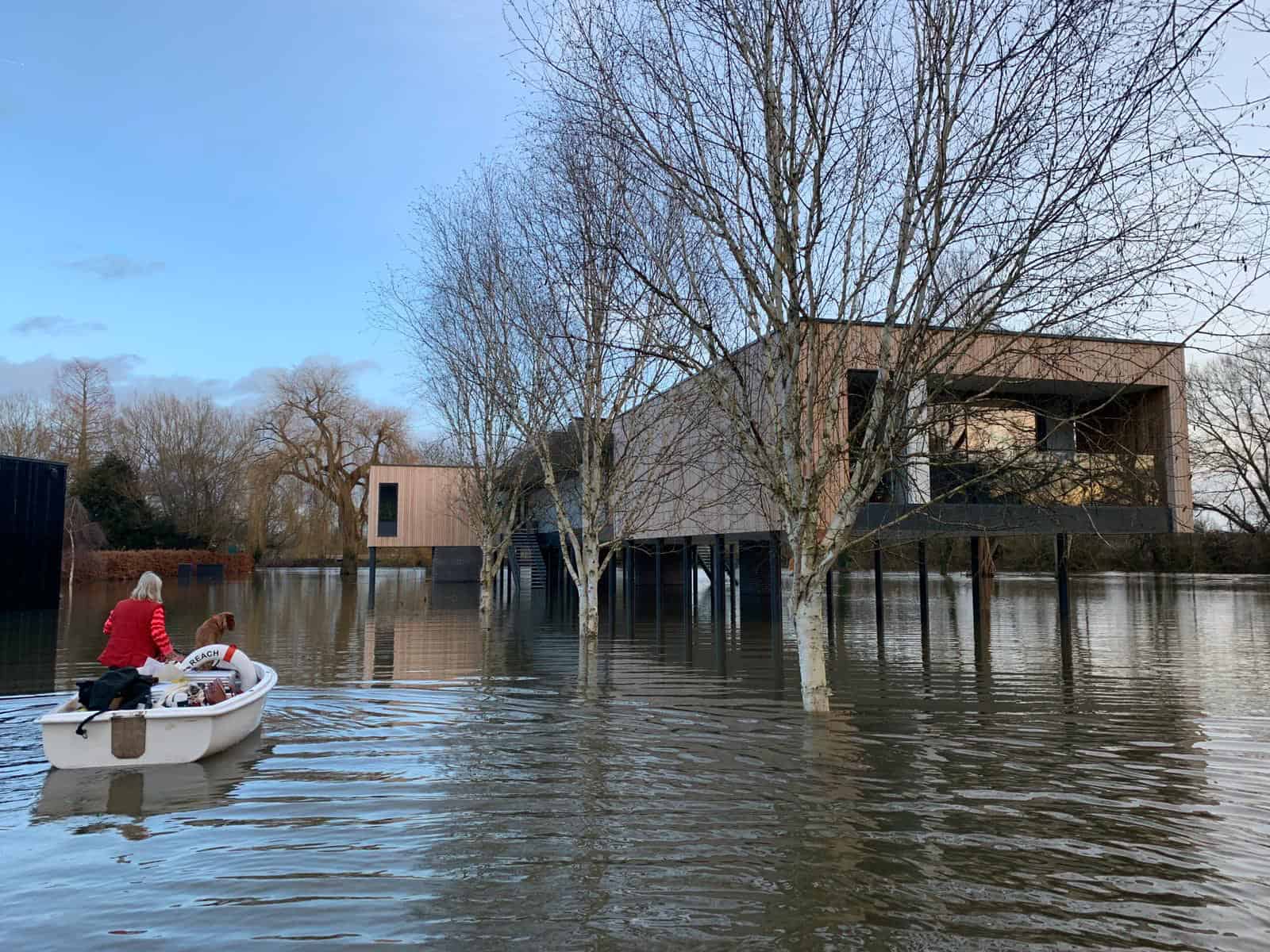Living in a flood-prone area can be challenging and stressful, especially during the rainy season or when a storm hits. Floods can cause significant damage to homes, buildings, and personal belongings. However, there are several ways to mitigate the risk of flood damage, and one of the most effective methods is to raise your home above the flood level.


Raising a home is a complex and costly process that requires careful planning, preparation, and execution. However, protecting your property from flood damage can save you a considerable amount of money and stress in the long run. Here are some steps to follow when raising your home in a flood area
The first step is determining the flood zone and the required elevation for your home. You can obtain this information from your local government, flood insurance provider, or a licensed engineer. The elevation requirement will depend on the flood zone and the flood level in your area.
Raising a home is a complex process that requires specialized knowledge and expertise. You should hire a licensed engineer or contractor with experience in house lifting and foundation repair. They will assess your home’s structural integrity, design a lifting plan, and obtain the necessary permits.
Before lifting the house, the site must be prepared. This includes clearing the area around the house, removing obstacles, and ensuring the ground is stable and level.
The lifting process involves installing hydraulic jacks under the house’s foundation and gradually raising it to the required elevation. The contractor will place steel beams or concrete blocks under the house to support it at the new height.
Once the house is raised, a new foundation must be built to support it. This includes pouring a new concrete slab or building a new crawlspace or basement.
After the new foundation is in place, the house must be lowered onto it, and utilities such as water, electricity, and gas must be reconnected.
Finally, any damage to the house caused by the lifting process must be repaired. This may include fixing cracks in walls, ceilings, or floors, replacing damaged plumbing or electrical systems, and repainting or retiling the house.
Raising your home in a flood area is a significant investment, but it can save you from costly flood damage and give you peace of mind during the rainy season. It’s essential to hire a licensed engineer or contractor with experience in house lifting and obtain the necessary permits and inspections from your local government. With careful planning and execution, you can protect your home and your family from the dangers of flooding.
This website uses cookies.